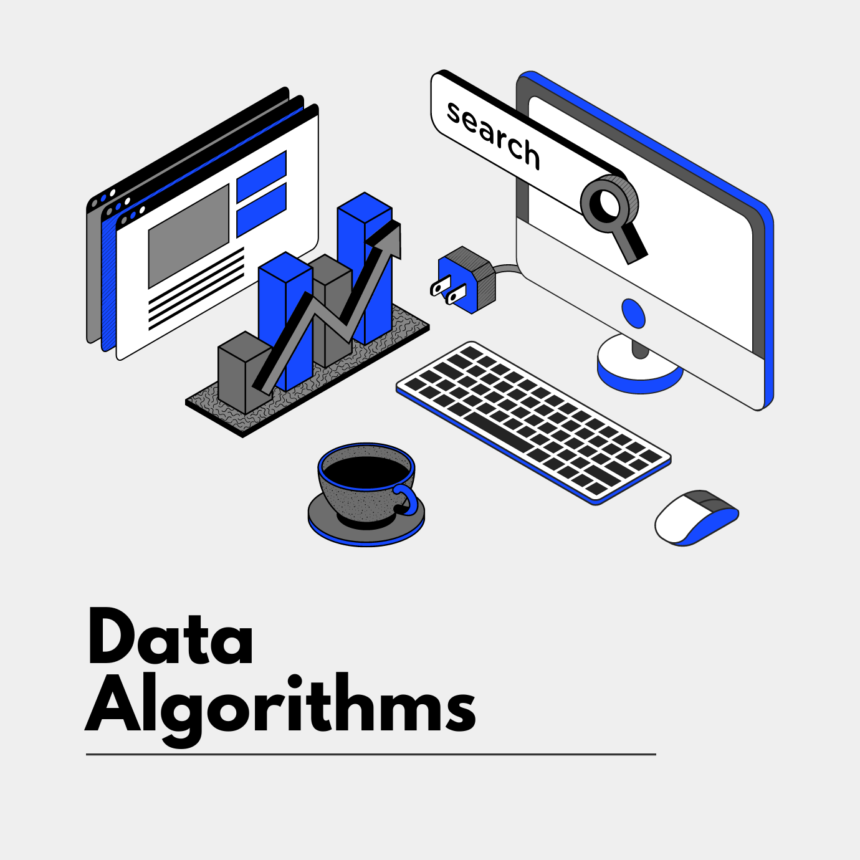Data algorithms play a crucial role in predictive analytics, enabling organizations to unlock valuable insights and make informed decisions about the future. By analyzing historical data and identifying patterns, these algorithms can generate accurate predictions and forecasts. Let’s explore how data algorithms power predictive analytics and unleash the power of future insights:
1. Data Exploration and Preparation: Before applying predictive algorithms, it’s essential to explore and prepare the data. This includes cleaning, transforming, and organizing the data to ensure its quality and relevance. Data preprocessing techniques like handling missing values, encoding categorical variables, and normalizing numerical data contribute to accurate predictions.
2. Regression Algorithms: Regression algorithms are widely used in predictive analytics to predict continuous numerical values. Linear regression, polynomial regression, and support vector regression are some examples of algorithms that analyze historical data and establish relationships between input variables and the target variable.
3. Classification Algorithms: Classification algorithms are employed when the objective is to predict categorical outcomes. Algorithms like logistic regression, decision trees, random forests, and support vector machines can classify data into different classes based on historical patterns, enabling future predictions based on similar data patterns.
4. Time Series Analysis: Time series analysis algorithms are specifically designed to analyze data points ordered in time. These algorithms can capture temporal dependencies, seasonality, and trends within the data. Techniques like autoregressive integrated moving average (ARIMA), exponential smoothing, and long short-term memory (LSTM) networks are commonly used for time series forecasting.
5. Ensemble Methods: Ensemble methods combine multiple predictive algorithms to improve the accuracy and robustness of predictions. Techniques like bagging (e.g., random forests) and boosting (e.g., AdaBoost, Gradient Boosting) leverage the collective power of multiple models to make more accurate predictions and reduce the risk of overfitting.
6. Clustering Algorithms: Clustering algorithms group similar data points together based on their characteristics. Unsupervised learning algorithms such as k-means clustering, hierarchical clustering, and density-based spatial clustering of applications with noise (DBSCAN) can help identify patterns and segment data into distinct groups, providing insights into different segments’ future behavior.
7. Recommendation Systems: Recommendation systems use collaborative filtering and content-based filtering algorithms to predict and suggest items or content based on user preferences and behavior. These algorithms enable personalized recommendations in various domains such as e-commerce, media streaming, and content platforms.
8. Neural Networks and Deep Learning: Neural networks and deep learning algorithms, such as feedforward neural networks and convolutional neural networks, have shown remarkable capabilities in predictive analytics. These algorithms can learn complex patterns and relationships within data, making them suitable for tasks like image recognition, natural language processing, and predictive modeling.
9. Optimization Algorithms: Optimization algorithms aim to find the optimal solution to a given problem, considering constraints and objectives. They are used in predictive analytics to optimize resources, maximize efficiency, and minimize costs. Genetic algorithms, simulated annealing, and particle swarm optimization are examples of optimization algorithms used in predictive analytics.
10. Model Evaluation and Validation: Proper evaluation and validation of predictive models are essential to ensure their reliability and accuracy. Techniques like cross-validation, holdout validation, and evaluation metrics such as accuracy, precision, recall, and F1-score help assess the model’s performance and generalize its predictions to unseen data.
By leveraging these data algorithms, organizations can harness the power of predictive analytics to gain valuable insights, make data-driven decisions, and optimize future outcomes. The continuous advancement of data algorithms, combined with the availability of vast amounts of data, allows businesses to unlock the potential of future insights and gain a competitive edge in various industries.
